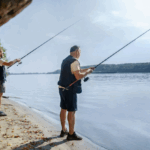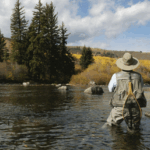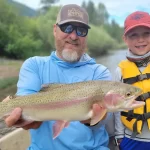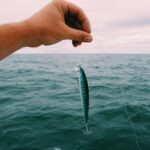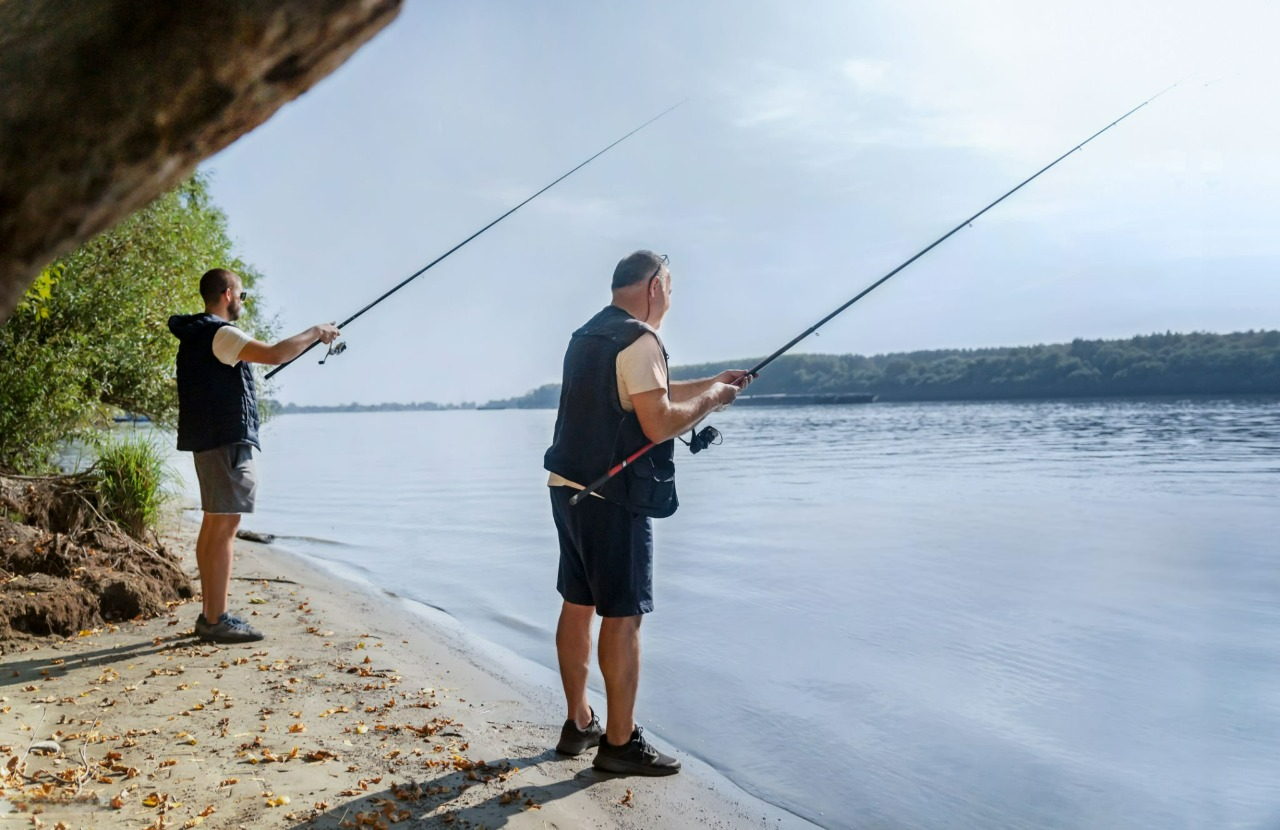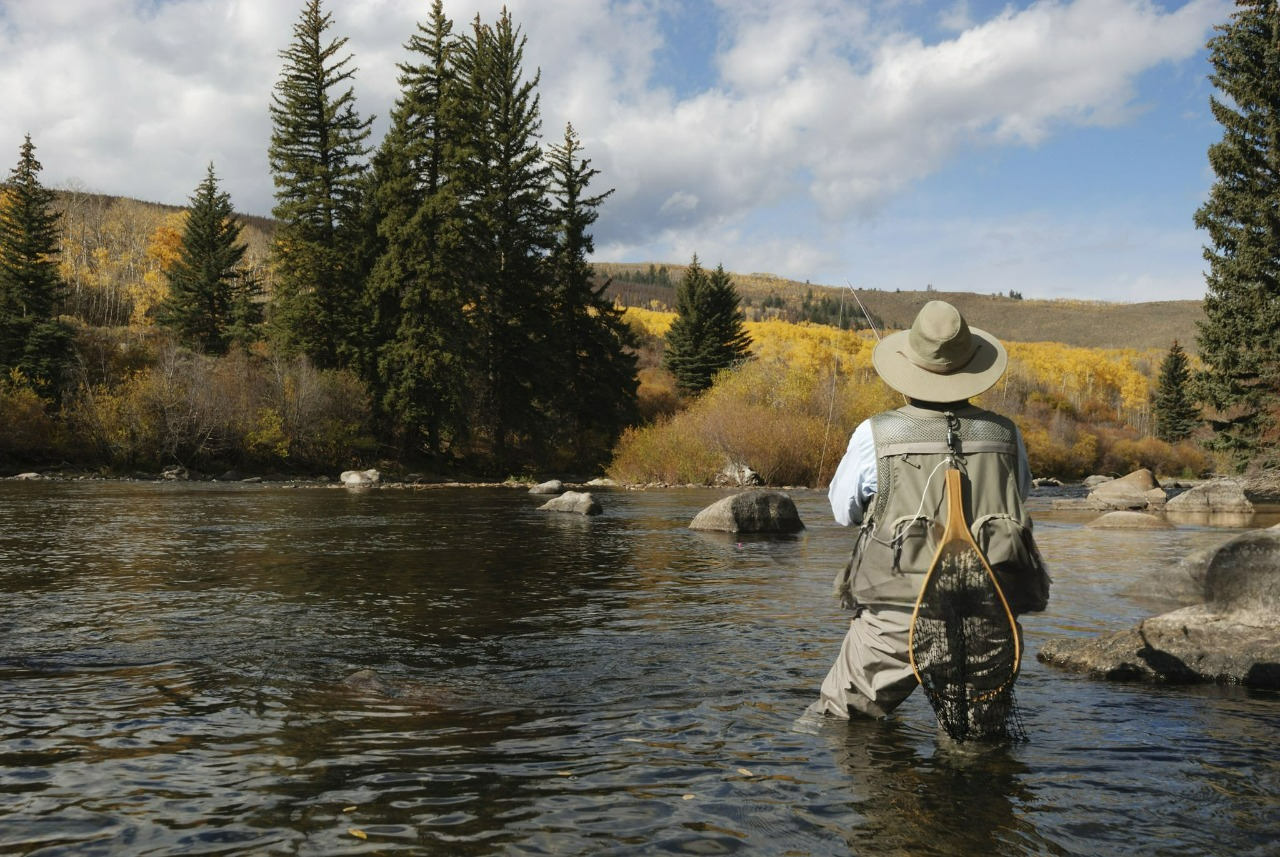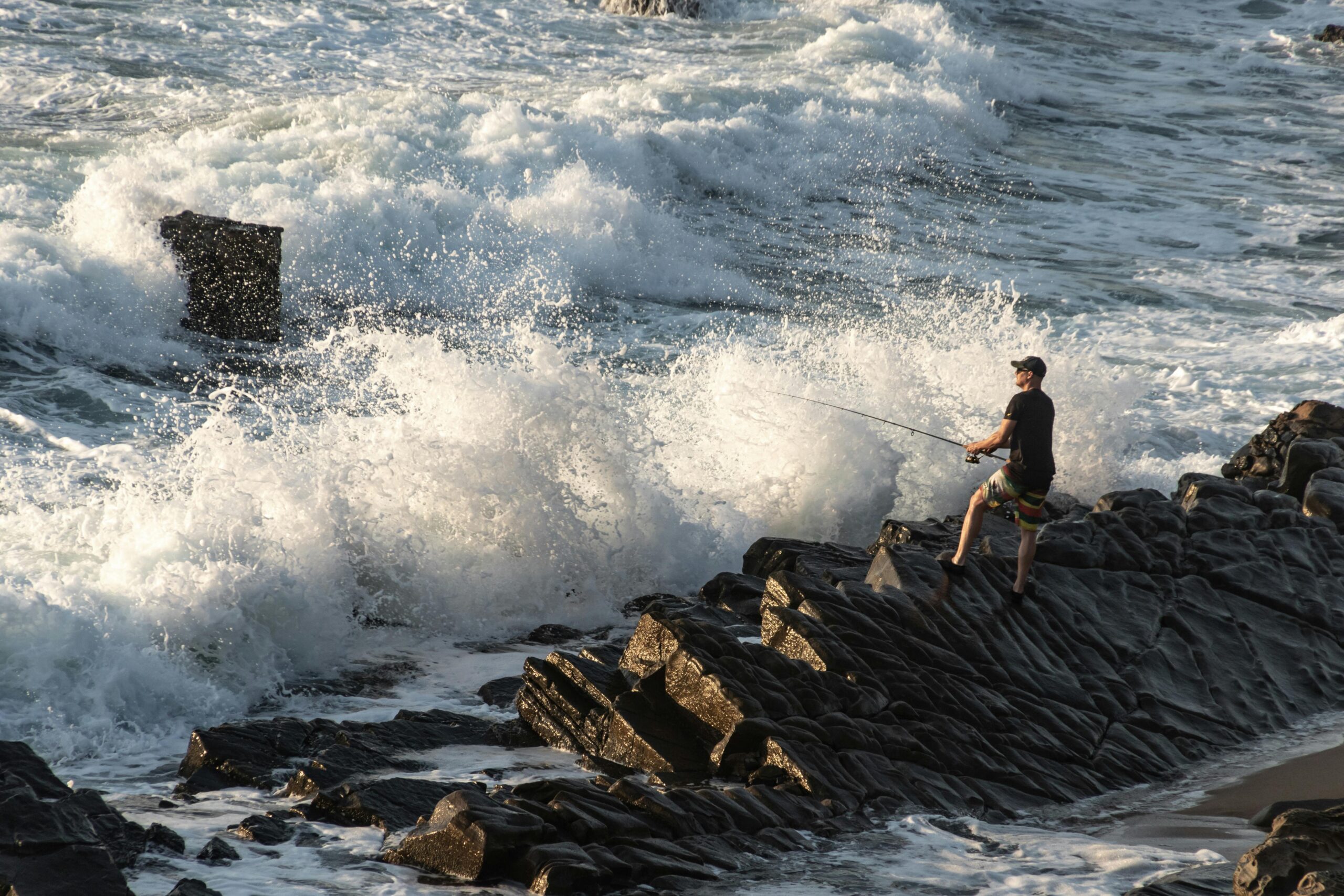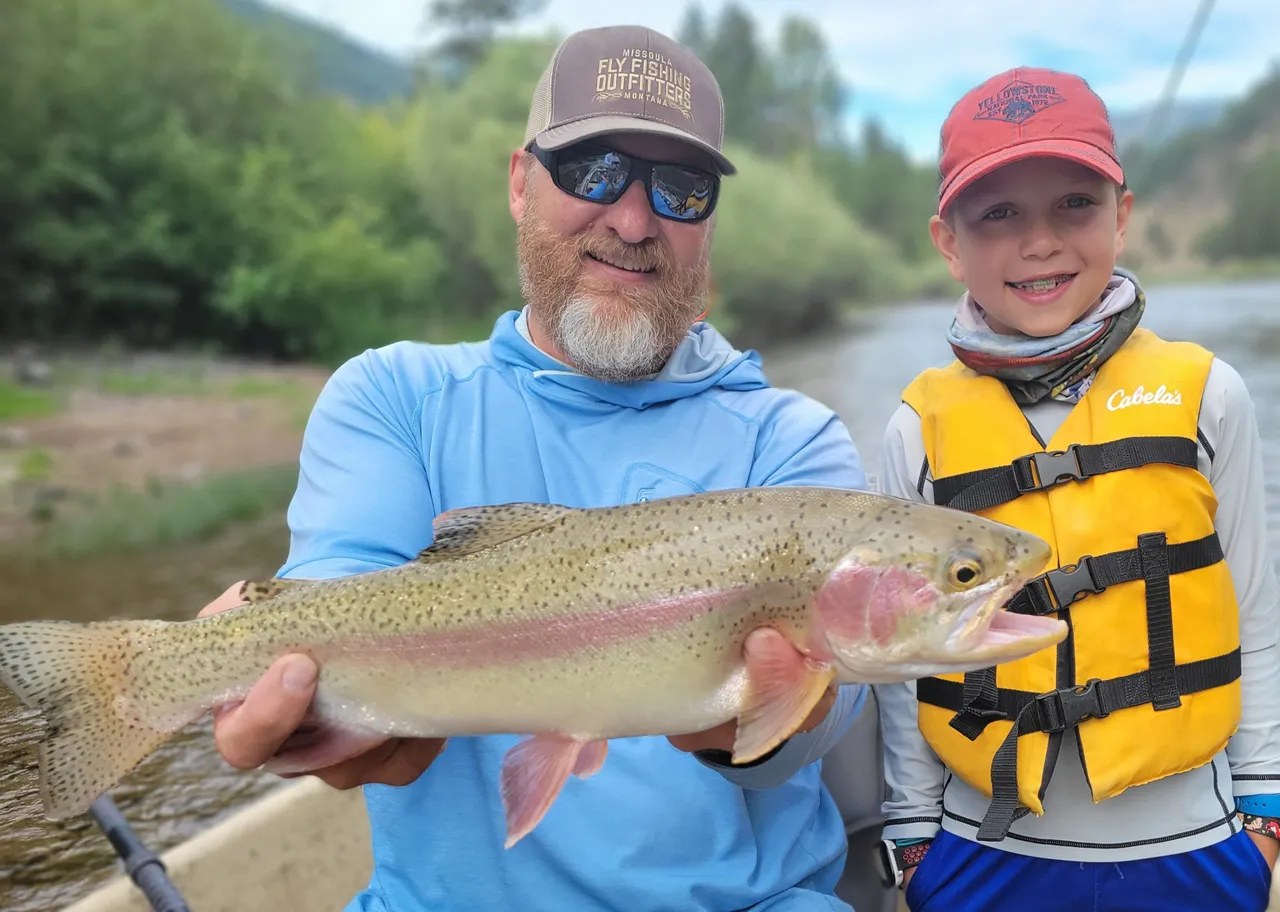Late spring is a sweet spot in the bass fishing calendar—especially if you’re after big, mature largemouths. The spawn is winding down, water temps are on the rise, and the food chain is in full swing. But if you’re still fishing like it’s early spring, chances are you’re missing out on the true giants. To consistently hook into the big ones during this transitional window, you’ve got to understand where they go, how they behave, and what really triggers a bite.
Let’s break down exactly where the trophy largemouths are hiding in late spring—and how to catch them before summer heat drives them deep.
Post-Spawn Recovery: A Game of Rest and Food
During late spring, most largemouths have finished spawning. Females, in particular, are recovering from the physically demanding process and are laser-focused on feeding up. But they’re not chasing bait across wide-open flats just yet.
Instead, big bass often hang near the first drop-offs from their spawning grounds, staging in areas where they can rest and feed with minimal effort. Think about:
- Secondary points
- Edges of grass lines
- The first ledge or creek channel bend
- Shade-heavy cover like laydowns or docks
These zones offer structure, ambush opportunities, and slightly deeper, more stable temperatures.
Pattern #1: Grass Edges and Submerged Vegetation
One of the most consistent big-bass patterns in late spring is working the outside edge of emerging grass beds.
- Why it works: Grass holds bait, provides oxygen, and offers overhead cover.
- Best techniques:
- Swim jigs or Texas-rigged soft plastics worked slowly along the edge.
- Frogs or buzzbaits early in the morning or on cloudy days.
- Lipless crankbaits ripped through grass pockets.
Pro tip: Target grass near deeper water—big bass prefer nearby depth changes for quick retreats.
Pattern #2: Shady Ambush Zones
Big bass don’t like direct sunlight, especially as temps creep upward. In late spring, shade becomes a critical factor, even in shallower areas.
- Top shady spots:
- Boat docks, especially those with brush piles or deeper pilings.
- Overhanging trees.
- Rock walls and bluff ends that cast long shadows in the afternoon.
- Go-to baits:
- Skipping jigs or weightless Senkos under docks.
- Creature baits flipped tight to cover.
- Walking topwaters worked right at the shadow line in low light.
Key takeaway: Don’t just cast to structure—fish the darkest, coolest part of it.
Pattern #3: Feeding Frenzies Around Bluegill Beds
While bass are recovering from the spawn, bluegill are just starting theirs. And guess what loves a shallow bluegill bed? A hungry post-spawn largemouth.
- Where to find ‘em:
- Hard-bottom flats with scattered vegetation.
- Around docks and seawalls.
- Near sandy patches on the inside edges of coves.
- Lure choices:
- Bluegill-colored swim jigs or squarebill crankbaits.
- Topwater poppers and buzzbaits to mimic panicked bluegill.
- Finesse swimbaits when the water’s clear and pressure’s high.
Pro tip: If you smell that distinct fishy, sun-baked scent in a calm pocket—those are bluegill beds. Fish them slow and thoroughly.
Pattern #4: Creek Channels and Transitional Highways
As the season moves toward summer, big bass begin shifting toward deeper structure. But in late spring, they’re often still using mid-depth “highways” like:
- Creek channels
- Submerged roadbeds
- Subtle ditches leading away from spawning flats
Use electronics or detailed contour maps to find these zones, especially in larger reservoirs.
- Best baits:
- Carolina rigs with creature baits or lizards.
- Football jigs dragged slowly.
- Deep-diving crankbaits in shad or bluegill patterns.
Late Spring Bass Fishing Tips: Dial It In
- Focus on the transition: Late spring is not summer yet. You’re still catching fish shallow, but they’re starting to think deeper.
- Fish slower: Big bass aren’t chasing fast baits across a flat—they want a slow, easy meal.
- Use natural colors: Especially in clearer water. Think green pumpkin, watermelon, and bluegill hues.
- Don’t overlook mid-day bites: Shade and structure can turn on even in high sun.
Final Thoughts: Don’t Fish Memories
This time of year, it’s easy to fall into the trap of fishing your favorite early spring spots—but the big ones have moved. The key to unlocking late spring bass is patterning transition behavior. If you stay mobile, fish methodically, and target the right kinds of cover and structure, you’ll hook into the kind of fish that’ll make your summer.
So go find where the big ones hide—and get after ‘em before they move deep for good. 🎣

